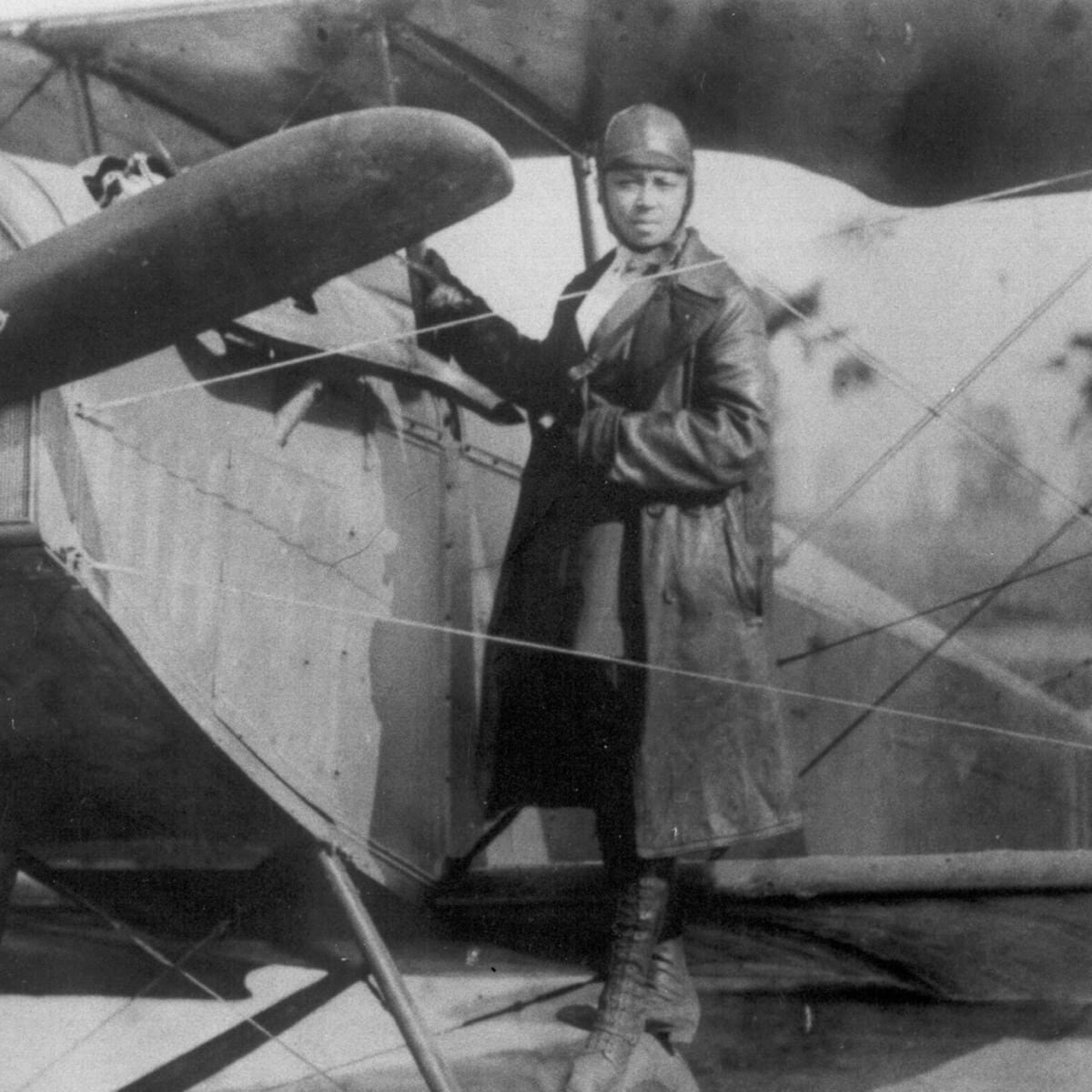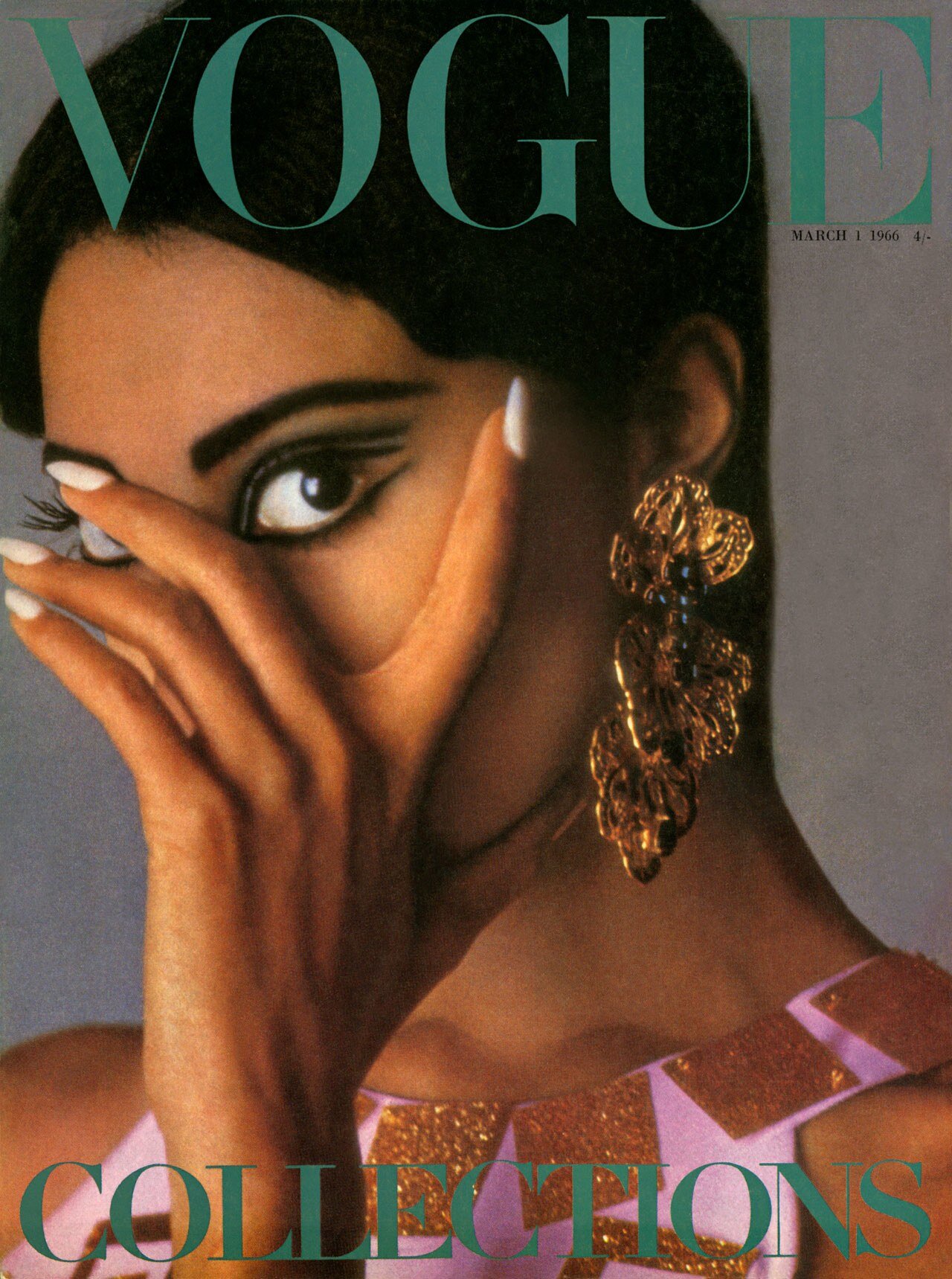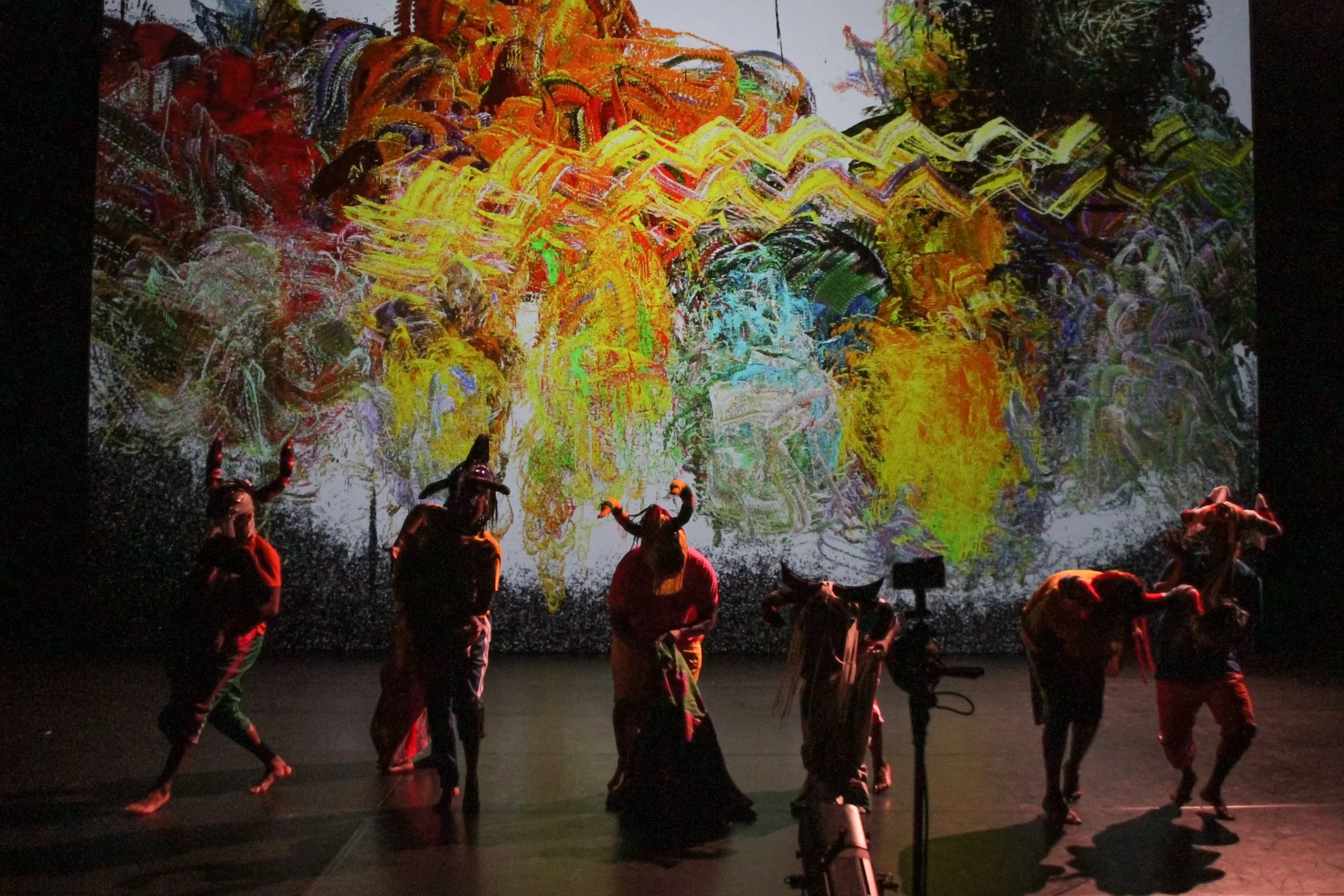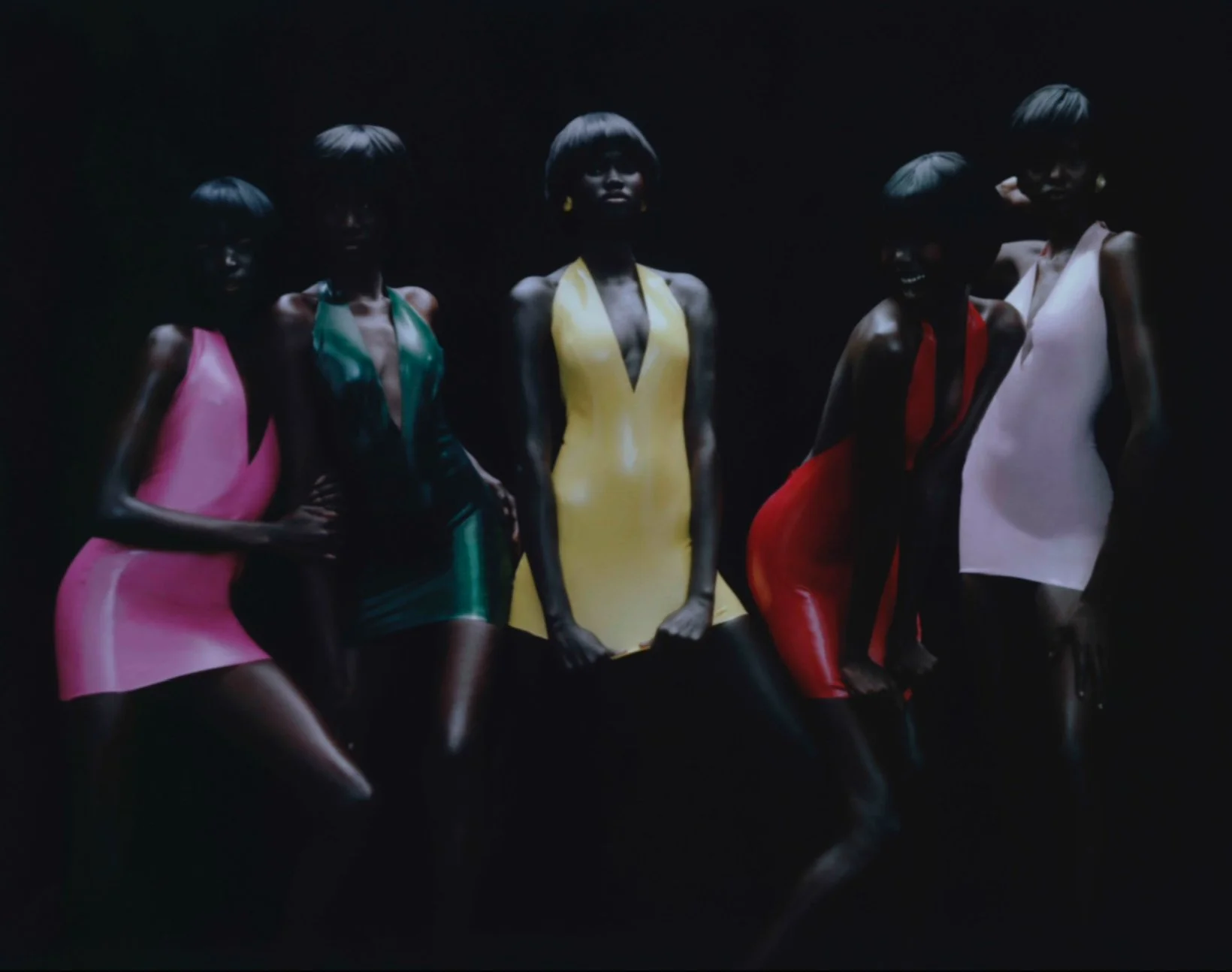Lost in History: Six Black Women You Should Know About
Since 8 March 1911, women from across the globe have joined forces to honour International Women’s Day, a day which celebrates the achievements of women, advocates for greater parity between the genders and aims to raise money for female-focused charities.
The theme for this year is #ChooseToChallenge, which encourages everyone to be responsible for calling out bias and inequality between the genders. In line with this theme, we wanted to shine a light on six Black women whose pioneering achievements have been under-celebrated in history, largely due to the racial and gender inequalities they faced.
Henrietta Lacks
American virologist Jonas Salk is credited with the development of the first polio vaccine, a vicious infection that attacks the nerves in the brain causing muscle weakness and in some cases paralysis. The lesser-known name behind the vaccine is Henrietta Lacks, a woman whose cells were used to create the first immortalized human cell line: HeLa. In her early 30s, Henrietta was diagnosed with cervical cancer which resulted in medical staff taking cell samples without her consent and using them within medical research. The HeLa cell line has since been used within a mass of medical projects, including the one that helped find the first polio vaccine. As a result, the UK hasn’t seen a case of the illness since the mid-1980s.
The cells have also been used in research into cancer and AIDs. They were even the first human cells to be successfully cloned in the mid-1950s.
Alice Ball
Born in 1892, Alice Ball was a chemist who invented the “Ball Method”, now known to be the most effective treatment for leprosy. However, Ball wasn’t always credited with this pivotal piece of science.
At the age of just 24, Ball passed away, leaving her findings unpublished. As a result, a fellow chemist, Arthur L. Dean, stole her work and published the findings as his own. Thanks to the efforts of two professors at the University of Hawaii in the 1970s, Ball was finally given the recognition she deserves after they went through the archives to find her research.
Mary Seacole
You may be familiar with the name Florence Nightingale, the woman credited with pioneering modern day nursing practices during the Crimean War. However, one of the lesser spoken about women during this period is Mary Seacole, a British-Jamaican nurse who also played a crucial role.
After the war broke out in 1853, Seacole asked to be sent to the battlefield to help soldiers who were reportedly being treated in poor medical facilities. After having her request denied, Seacole funded her own trip to Crimea and set up the British Hotel which provided shelter for soldiers who were recovering from their injuries.
Seacole was largely forgotten about for around 100 years until several nurses visited her grave and asked their local MP to raise money to erect a statue of her. Out of this came the Mary Seacole Memorial Statue Appeal which is now widely known as The Mary Seacole Trust.
Bessie Coleman
Coleman was the first African-American woman and the first Native-American woman to gain a pilot’s license. Following the First World War, Coleman was inspired by the pilots who had returned from the battlefields and took up two jobs in an attempt to fund her place at flight school.
However, at the time, both women and black people were excluded from American flight schools, resulting in Coleman travelling to Paris in order to obtain her license which she achieved in 1921. After this, Coleman returned to America and tried to establish a flight school for Black people, in an attempt to create more equality between the races in the aviation industry. Unfortunately, she was killed in a plane crash before achieving her goal.
Donyale Luna
Known to Salvador Dali as ‘the reincarnation of Nefertiti’, Donyale Luna was an American supermodel known for being the first African-American model to appear on the cover of British Vogue in March 1966. During her short career, Donyale also appeared on the covers of Harper’s Bazaar and Elle.
The supermodel and actress was at the height of her career during the 1960s, a time which is well known for Andy Warhol’s Factory scene, a New York City studio that attracted a range of stars including Debbie Harry, Keith Haring and Mick Jagger. Among the regulars to the studio was Donyale who was photographed by Warhol many times. However, Donyale’s participation in Warhol’s projects is often overlooked with attention being focused on Edie Sedgewick as one of Warhol’s most celebrated muses.
Mae Jemison
In 1987, Mae Jemison gained admission to the NASA training programme, gaining her the title of the first black female astronaut.
Later in 1992, Jemison set off into space on the Endeavour spaceship as part of the STS-47 mission, a 7 day expedition which involved material science investigations into areas such as fluid dynamics and biotechnology. As part of the mission, Jemison conducted experiments on motion sickness and weightlessness.
Prior to her space mission, Jemison was a medical doctor who worked in Thailand in a Cambodian refugee camp as well as in the Peace Corps, enabling her to serve as a medical officer in Africa for a period of time.
To mark IWD this year, we’d love for you to share other trailblazing Black women with us on Facebook, Instagram and Twitter. Check out our pages by following the links.
Words by Emma Chadwick


























Step up your game with this vibrant Ahwenepa Nkasa scrunchie!